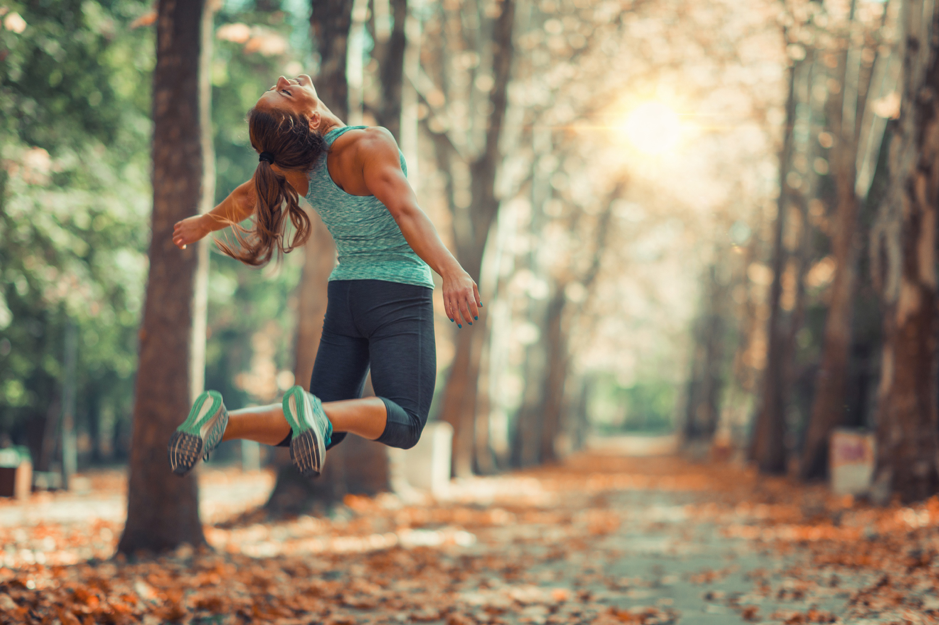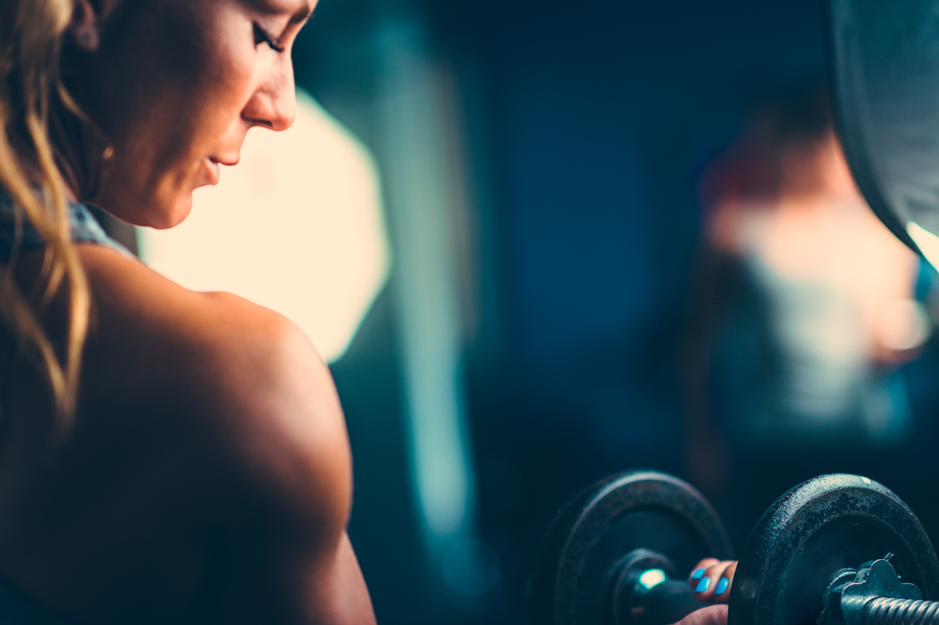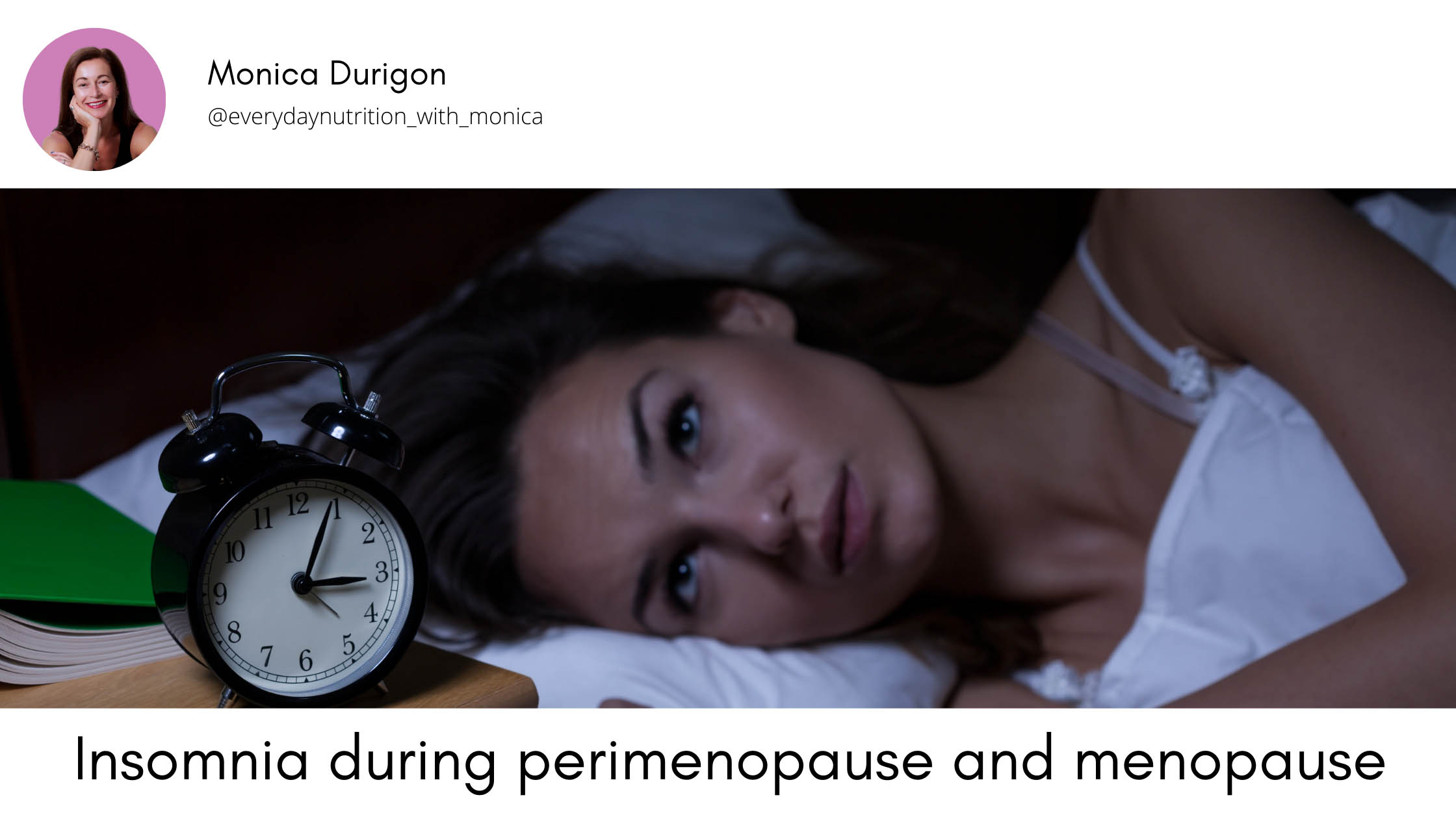Known as the silent epidemic, osteoporosis is affecting a huge number (over three million, according to NHS) of women during their peri and menopausal years.
Osteoporosis is a progressive disease of the skeletal system leading to increased bone fragility and risk of fracture. The first phase of the disease is called osteopenia.
However, contrary to wide spread belief, bone is a living tissue that changes through life constantly being broken down and replaced. This happens thanks to mechanisms involving different cells, hormones and minerals and this constant remodelling give us the chance to do something about it: a chance to rebuild strong bone matrix!

Osteoporosis 101: the mechanisms behind it
The major players are osteoblasts, cells which build your bones up with the deposition of calcium, and osteoclasts, cells which dissolves old and damaged bones (this process is called resorption). The two processes together are known as bone remodelling and they occur continuously under the hormone influences of parathyroid hormone and calcitonin, two hormones which regulate calcium balance in the blood. If calcium and magnesium levels in the blood drop, bone resorption is stimulated by parathyroid hormone to release calcium from bone matrix. Parathyroid hormone also limits the excretion of calcium through the urine and increases the conversion of vitamin D into its active form to increase dietary calcium absorption. If the level of calcium and magnesium in the blood is too high, calcitonin slows down the bone resorption (breaking down) , decreasing the release of calcium from the bones.
After the age of 30—35, bone resorption normally exceed bone formation and results in lower bone mass density (BMD) which means that the bones become more porous. A decline in estrogen during perimenopause and menopause causes an even more significant BMD decrease. Other than estrogen status, there are other factors which influence BMD such as genetics, ethnicity, long term use of steroid medications, body mass index and in particular, nutrition, exercise and lifestyle.

Lifestyle factors which contribute to, or protect you from osteoporosis
Sunshine! Sunshine exposure is the main source of Vitamin D so if you spend the majority of your time inside ( and who doesn’t nowadays…), live in north Europe ( as we do ) and have darker skin, the chances are that your vitamin D level are not optimal. Vitamin D levels are further reduced in obese and elderly people. There are very few dietary sources of vitamin D, so I usually recommend it as a supplement. Ideally you want to test your level first and monitor your absorption as Vitamin D is a fat-soluble vitamin which if taken in excess can lead to toxicity.
Getting plenty of exercise from childhood onwards promotes strong bones, particularly weight bearing exercise, such as brisk walking, dancing, playing tennis, weight lifting …even carrying heavy shopping bags (another excuse for a serious round of shopping therapy;)). Exercise also strengthen the muscles, improving balance and therefore reducing the risk of falls and fractures.
Smoking decreases circulation of estrogen leading to reduced bone mass…and of course has a long list of other anti-health effects. Excessive alcohol has a detrimental effect on bone mass and …when we are tipsy, we can fall more easily!
Stress!!! This monster is a factor involved in the development of almost all diseases! High level of stress can affect digestion of vital nutrients but can also lower oestrogen levels. High secretion of cortisol, due to chronic stress, triggers bone mineral resorption (removal) and also indirectly acts on bone by blocking calcium absorption which decreases bone cell growth.

Dietary factors (my favourites J )
Fruit and vegetables may improve bone health by reducing urinary calcium excretion, creating an alkaline environment, supplying nutrients and providing anti-oxidants and carotenoids. Carotenoids (a type of phytochemicals) are linked to increased bone mass density, they are found in good quantities in carrots, sweet potatoes, spinach, kale, collard greens, papaya and tomatoes.
Quercetin is an antioxidant (found in citrus fruit, apples, onions, sage and tea) which seems to have an anti-resorption effect on bone cells and therefore improve density.
Phytoestrogens are compounds that occur naturally in plants that have a pro-estrogen effect on bone. There are 3 types of phytoestrogens: isoflavones that are found in soybeans and soy products; lignans that are found in flaxseeds, cereal bran, and legumes; and coumestans that are found in alfalfa and clover. Because of their estrogenic effects they also play a role in rebalancing bone resorption (breaking down) and bone deposition (building up).
Calcium and vitamin D are essential to maintenance of bone health and have been the focus of a most intensive research. Calcium is a major bone-building mineral while vitamin D promotes its intestinal absorption. But they act in combination with other minerals, trace minerals and vitamins, such as vitamin K2, magnesium, vitamin A, C, zinc copper, manganese, boron, silicon and B vitamins to increase bone mineral density and bone strength.
Once again, as you can see, any imbalance in the body needs to be addressed in a holistic way taking in consideration all of the factors involved in its development. Popping some pills (natural or pharmaceutical) is certainly not enough!
If you wish to know in more details what can be done to support the health of your musculoskeletal system to optimise your strength, mobility and prevent pain and degenerative disease you can join me for a whole day retreat in Windsor on the 05th October. You will take part in nutritional workshops, enjoy a delicious bone supporting healthy lunch, practice yoga and destress with a gong sound relaxation. A beautiful day of learning, lunching and relaxing in a comfortable and charming settings (an old Saxon barn) in the company of other like-minded women who like you want to stay healthier and stronger for longer.
Click on this links for details on the “Strong and Healthy Woman” day
Wishing you the best of health and vitality,






0 Comments